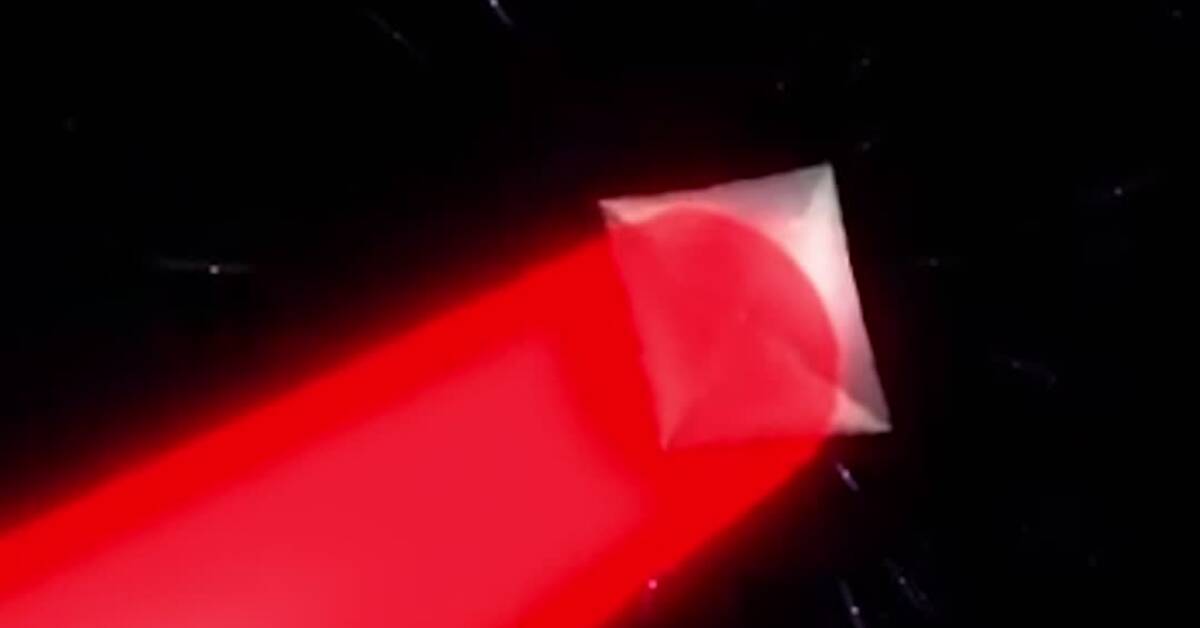A few years ago, for the first time, the very first visitor from a planetary system other than our own was discovered. It rounded the sun at high speed and then behaved in a way for which there is as yet no full scientific explanation.
Oumuamua began to accelerate on his way to space.
Comets are like small rockets
Now an American chemist and a geophysicist consider themselves to have found a completely natural explanation for Oumumumuaua's odd trajectory. In the journal Nature, they suggest that the celestial body embellished hydrogen gas when it rounded the sun, similar to a comet that gets a tail of vaporized gases near the sun. In such cases, Oumuamua would be a kind of comet, despite never observing its tail.
Comets are like small rockets that can gas and change their trajectory.
"That mechanism could be enough to explain that extra acceleration that Oumuamua exhibited, but that doesn't necessarily mean that it was," says Anders Eriksson, a space physicist at the Swedish Institute of Space Physics.
Thin sun sail
The theoretical physicist Avi Loeb, on the other hand, rejects hydrogen theory. It is physically impossible, he says, and considers himself to have a much better explanation:
"It must be a force that pushes it away from the sun, and we know of such a force: namely, the pressure of solar radiation on a thin solar sail.
Avi Loeb believes that observations of the light from the visitor gossip that Oumuamua has the shape of a flat pancake, which hardly exists naturally in the universe and therefore must be made by someone.
"Absolutely that it could be a technological structure, but in science you should try to stick to the simplest solutions. In this respect, I would say that the outgassing theory does better than aliens, says Anders Eriksson.

